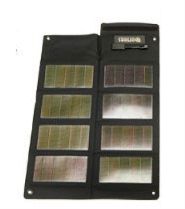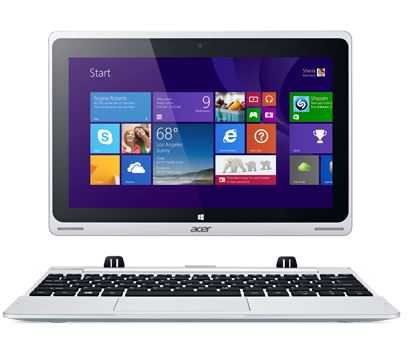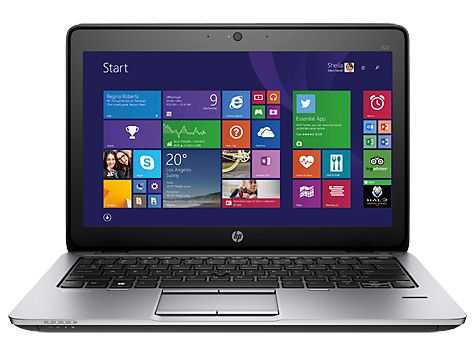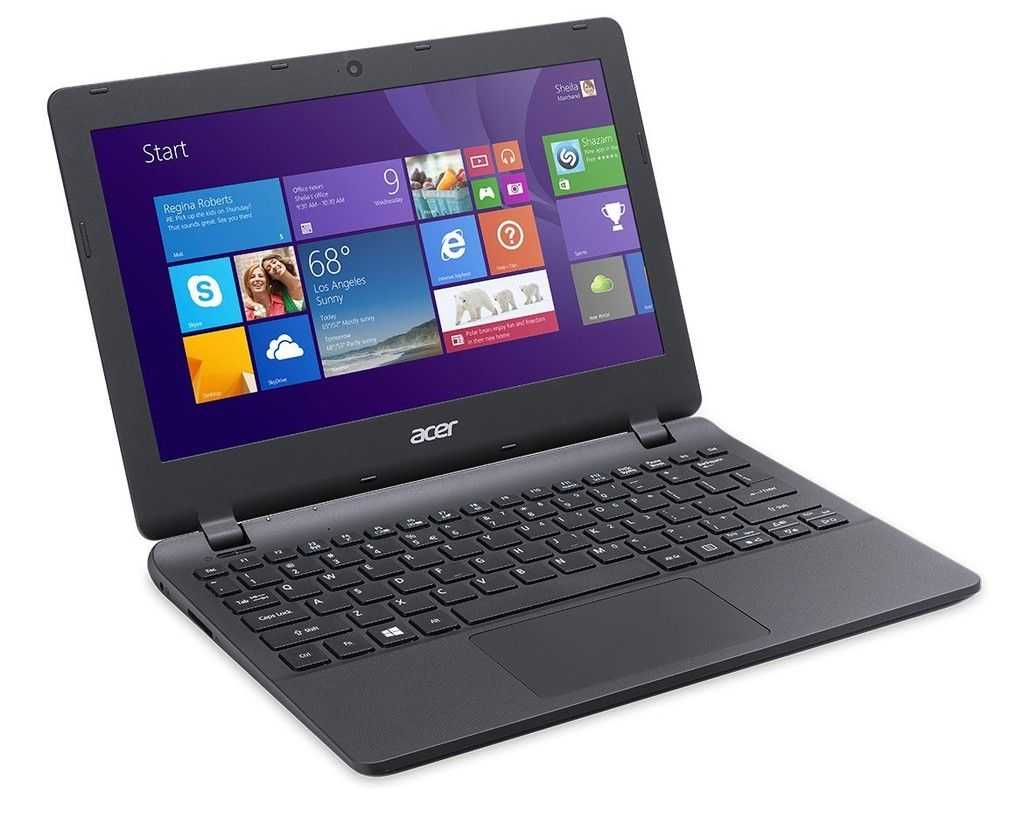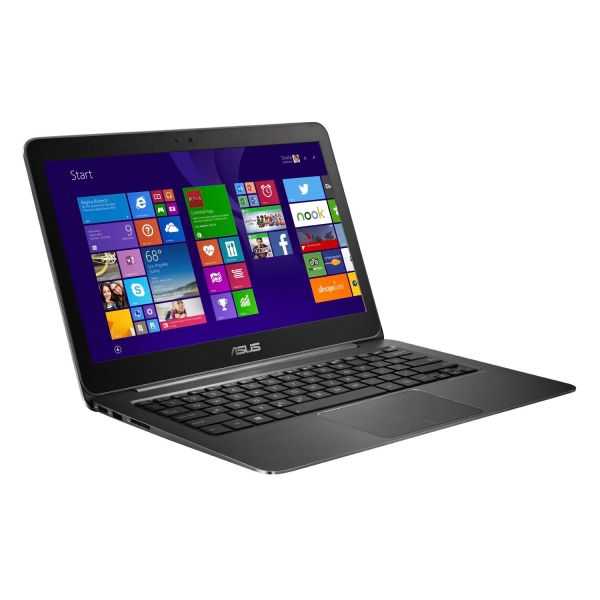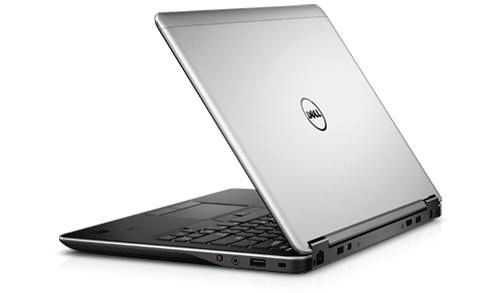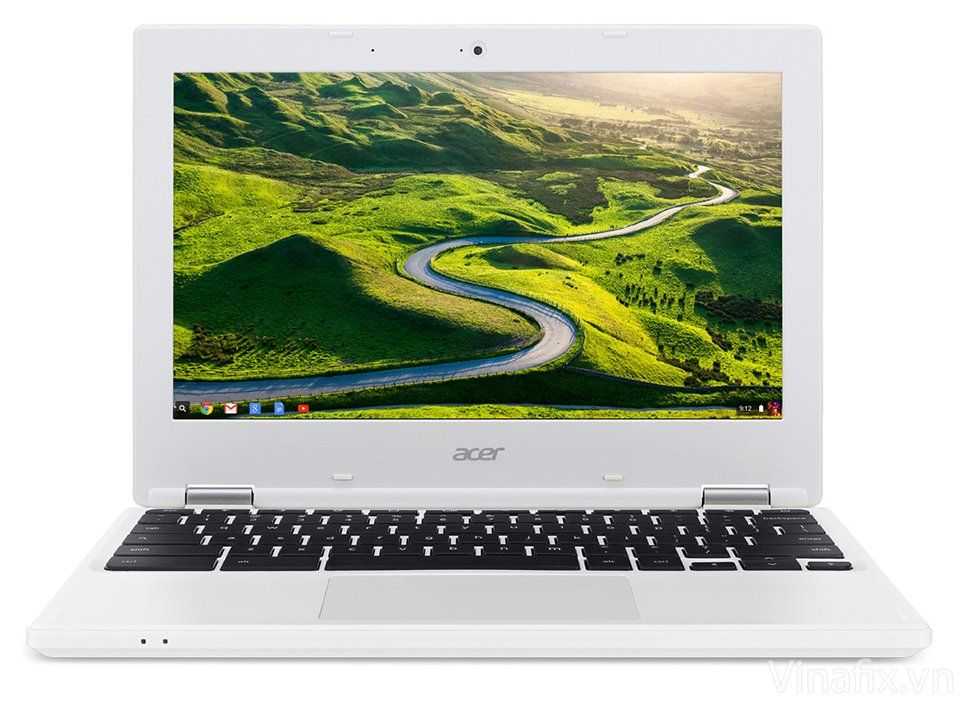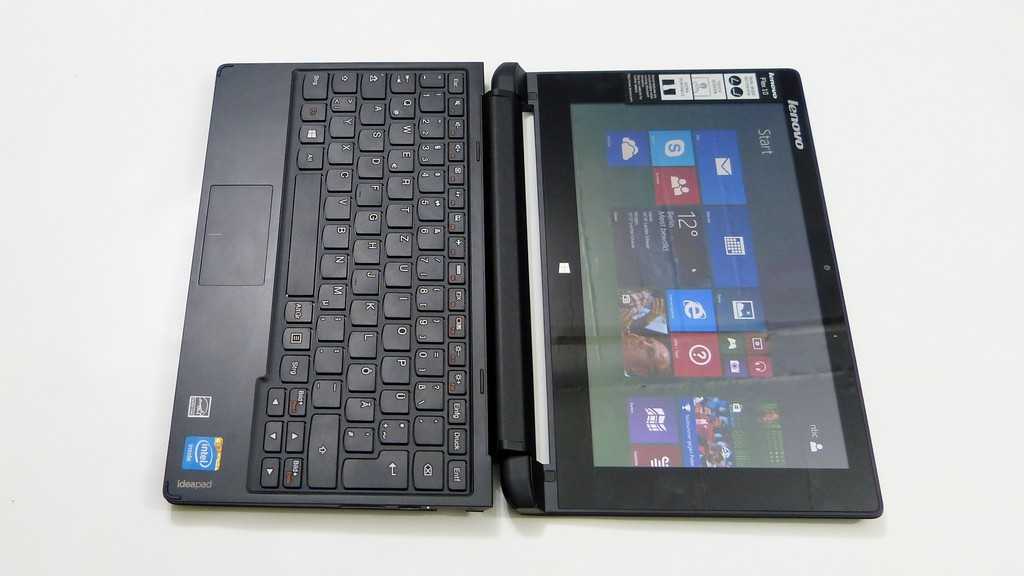I’m quite lucky to have been able to test a lot of UMPCs out over the last year. Most have been good in their own target markets but only some have been good for me. One of my favorites, the Kohjinsha SA1, an AMD based device is also one of the most-power efficient too and I took it to CeBIT this year where I used it exclusively for 5 days. It worked well and it demonstrated to me how much I might use a PC in one day. During the daytimes I was able to get by with a single charge – 4 hours. In the evening I was using it for another 2 hours, minimum! OK. CeBIT was a worst-case scenario. There was breaking news all over the place and there was one point where I was walking to a meeting with Intel and trying to edit and post a news entry at the same time. I don’t expect to be doing that on the bike! I do expect to be stopping 2-3 times per day for 30-60 minutes at a time though. Primarily to update my location, photos and geotags and to make quick reports here and also to work on any news that’s breaking. In the evening I expect to do a small amount of video editing, uploading and maybe a longer post, chat, IM etc etc. 2 hours is what i’ll give myself in the evening depending on the forecast for the next day.
At 9W drain (hopefully less in evening with low backlight and careful control of HSDPA and WiFi) that’s about 36W per day.
In addition to the UMPC I will have:
Mobile Phone. This is a Nokia 6380 with the 3.3v 900mah battery. 3watts. I will use this as my email and quick blog news checker using the gmail java app and the opera mini browser with bloglines mobile. These are combinations of applications that I’ve found very efficient and there’s really no need to turn on the UMPC to read email and RSS text. I can even do short emails on the phone too. If something interesting comes up then i’ll take the UMPC out of hibernate and do further reading, research or even email or blog. If I throw an hour or so of MP3 or FM radio in, I estimate that one charge per day on the 6280 will see me through. That will take about 5W of power from the power bank or I might be able to charge it in the early/late part of the day when the suns power falls below 70%.
Camera. This takes 4 x AA batteries. I use 2300mah 1.2v rechargeable batteries that should (if I use the camera carefully) last up to two days. That’s again, 5W per day. Charging will have to come from the solar panel during the day. Hopefully this can be done for an hour earlier or later in the day. Testing and research into different types of chargers needed. Smaller capacity batteries could also be useful.
GPS logger. This takes 2 x AA batteries every 15 hours. I hope that 2 batteries lasts me 2 days so that’s 2.5W per day. I will take a Bluetooth GPS device in case the logger fails. I think it lasts 10 hours on a 3W battery and can be charged from a USB port so its much the same in terms of power.
Lamp. This will be a very efficient LED lamp. Its possible to get ones that are solar powered or hand-cranked. I expect this to be a negligible drain. I will even take a few candles just in case. Bear in mind that it will be light until 2200 and will get light again at 0500. I don’t expect to be awake much during these hours!
Finally, something I haven’t mentioned yet, a backup PC. Well its more of a web tablet really. Its the Nokia N800 and it will run for 3-5 hours on a 5W battery. That’s very efficient and could serve as an email tool, IM tool and, at a pinch, blogging tool (although i’ll have to look into a mini keyboard solution for it.) This will only be used if the worst happens. I.e. I run out of power or the main UMPC breaks. Otherwise I won’t use it and it will stay packed away.
Total daily usage:
UMPC: 36W
Mobile Phone: 5W
AA batteries for camera: 5W
AA batteries for GPS logger: 2.5W
Total daily power usage: 48.5W
In the previous post I estimated I could average 48W solar power collection and storage per day. Bingo! Now, did I forget anything?
The other luxury I will give myself is a fully charged set of batteries before I go. I don’t think its unreasonable as anyone in their right mind would ensure that their batteries were charged before they went. Here’s the battery power that I will take with me:
- Powerbank: 56W
- Extended battery: 60W
- 2nd extended battery. Empty
- 8xAA batteries for rotating through camera. 20W
- 4xAA batteries for rotating through GPS. 10W
- Phone charged. 3.5W
- Emergency UMPC charged. 5W
Total starting power: about 150W.
In theory, that lot will give me a 1 day buffer which means at some point in the tour, I can have a day of bad weather and continue as normal.
I will talk to select solar next week to see what they think of my estimates and if they give it the thumbs-up Ill start real testing – assuming the sun comes out!


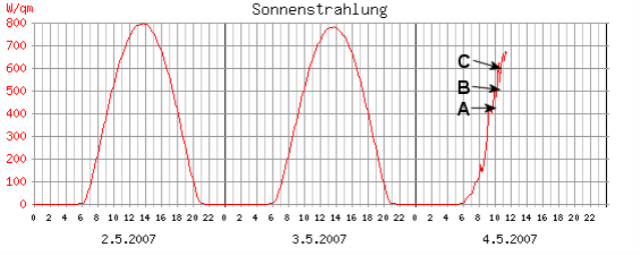
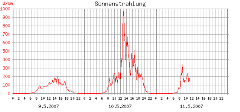








 UMPC. I already have a very shortlist of UMPCs. I’ve chosen
UMPC. I already have a very shortlist of UMPCs. I’ve chosen 